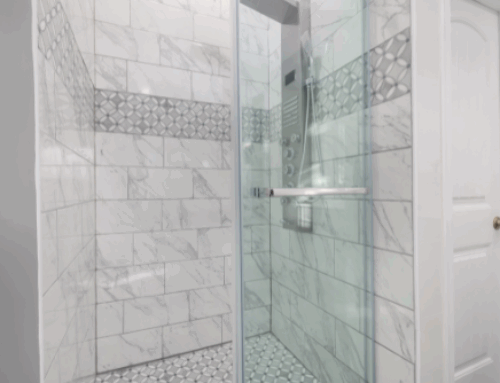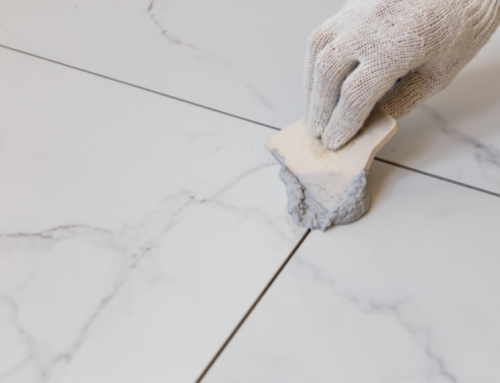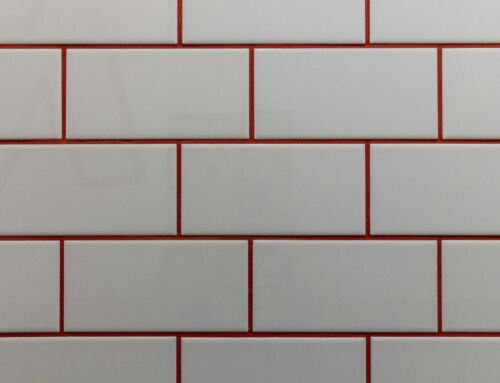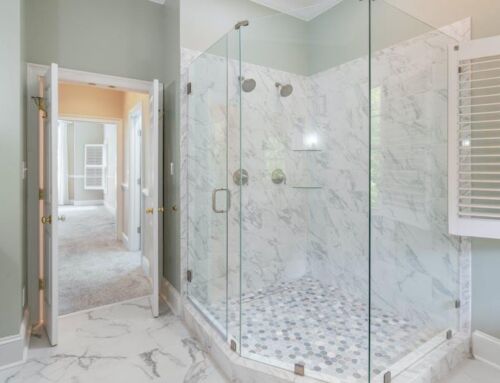You’ve been dreaming about upgrading your home for a while now. Maybe you’re picturing a spa-like bathroom with shiny new tiles, or perhaps your kitchen could use a backsplash that pops. Either way, it’s time to make it happen.
But before you dive into the world of tile work, there’s a question you probably didn’t expect to face: what’s caulk vs. sealant?
It might seem like a minor detail, but choosing the right one can make or break your project. Let’s break it down!
Caulk vs. Sealant: What Are Differences?
Let’s start with the basics. Caulk and sealant may seem interchangeable, but they’re designed for different jobs.
Caulk is a filler material, usually made of acrylic or latex, that’s great for sealing gaps between tiles or along baseboards. It dries hard and works well in areas with little to no movement.
Sealant is typically made from silicone or polyurethane. It’s more flexible and waterproof, which makes it ideal for high-moisture zones like bathrooms or kitchens. While caulk offers a clean, paintable finish, sealants are durable and flexible.
Caulk tends to crack over time when exposed to frequent movement or extreme moisture. Sealant, however, can stretch and rebound without losing its bond.
Types of Sealants for Tiles
Silicone sealant is one of the most popular choices for bathroom tiles, thanks to its superior waterproofing abilities. It creates a tight, water-resistant barrier, perfect for areas like showers or sinks.
Polyurethane sealant, while less common in homes, is a heavy-duty option often used in commercial or outdoor settings. It’s incredibly strong and adheres well to both tile and grout. However, its application can be trickier and less forgiving than silicone.
For most homeowners in Boise, silicone sealants strike the perfect balance between performance and ease of use. They’re:
- Versatile
- Long-lasting
- Ideal for preventing water damage in tile work
Their flexibility helps them hold up in areas prone to movement, like the corners of tiled walls or floors.
When to Use Caulk or Sealant
So, you’re finishing up a bathroom renovation, and you need to seal the joints where the tiles meet the tub. Sealant time! Its waterproof properties make it perfect for areas that see a lot of moisture and movement.
Now imagine you’re sealing a gap along a tiled backsplash in your kitchen. If the area is dry and unlikely to move, caulk is the better choice.
Here’s a simple rule of thumb: use sealant in wet or high-movement areas, like bathrooms or exterior tiles. Opt for caulk in dry, stable zones, like a hallway floor or along baseboards.
Making the right choice might seem small, but it’s the key to a professional, long-lasting finish for your tile projects.
Know the Differences Between Caulk and Sealant
When it comes to caulk vs. sealant, making the right choice ensures your tile work looks stunning and lasts for years. Do you need waterproofing for bathroom tiles or a flawless finish in dry areas? The right product makes all the difference.
For expert guidance and services, trust The Groutsmith of Boise. As a locally owned and operated family business, we specialize in restoring and maintaining tile and grout with unmatched efficiency and care.
Contact us today for a free in-home estimate and see how we can bring your tiles back to life!




